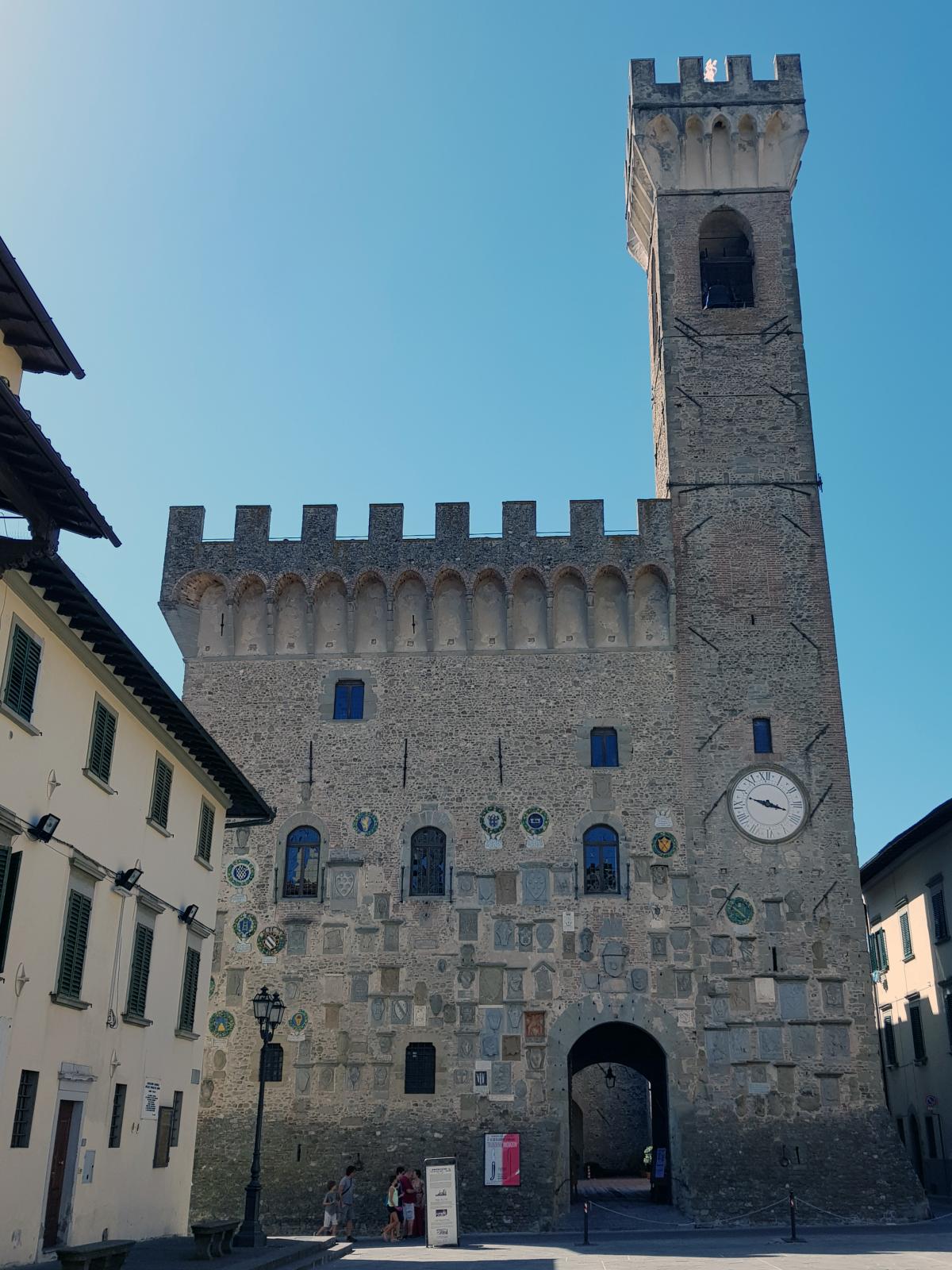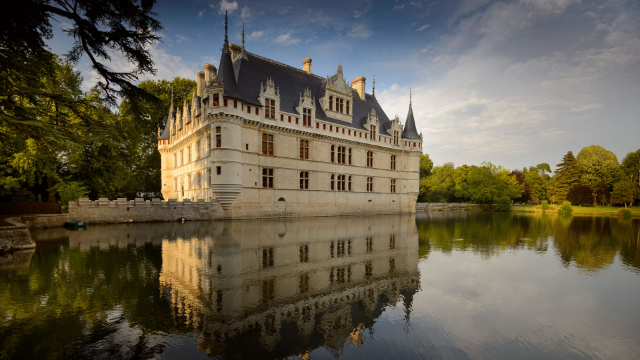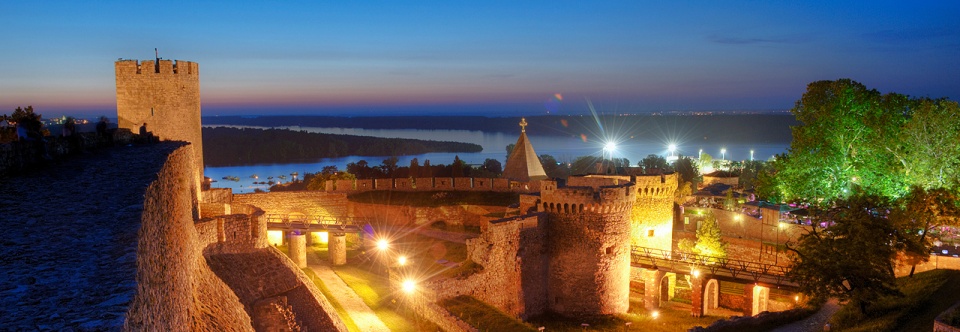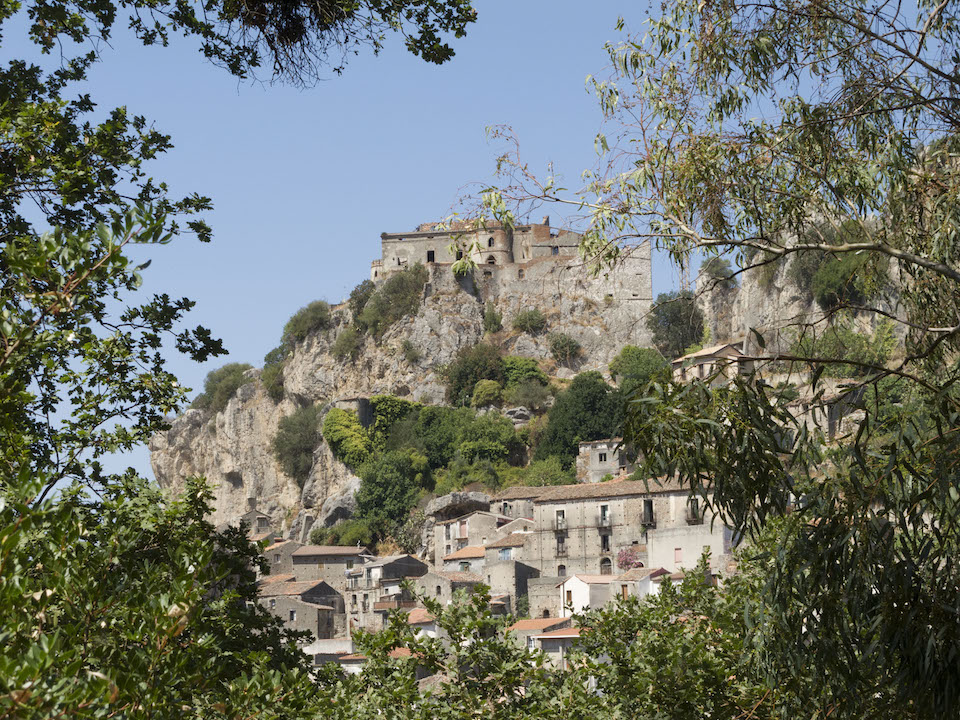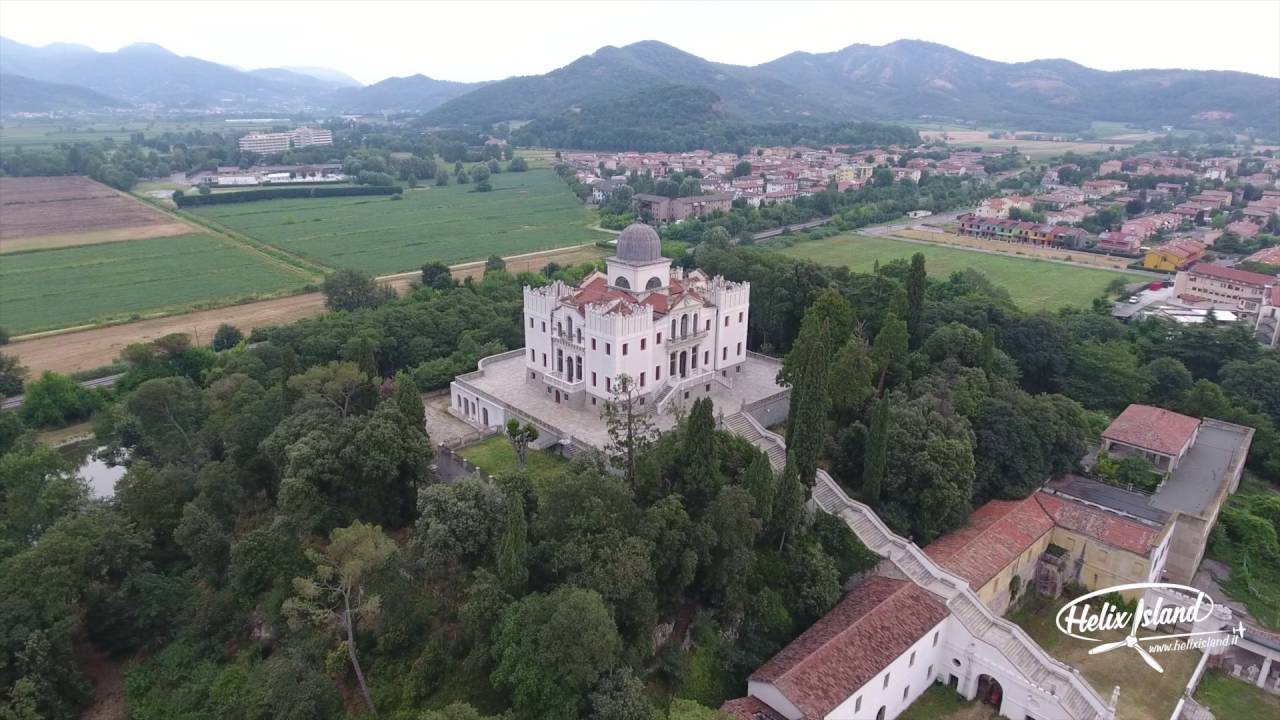he Palazzo dei Vicari is the result of a process of successive growth around an original nucleus consisting of the tower.
During the 14th century, a nucleus for the residence of the Captain must have been added to the tower; in 1366, numerous works were carried out on the castle, including "alla camera del cassero", "restoration" of the "saettamento" and "sula tore della guardia del chastagno si facino quattro merli che son disfatti e chaduti".
The sixteenth century was a key moment in the configuration of the palace; following the earthquake of 1542 there was, in fact, extensive damage to the building, which was followed by restoration work that gave the palace a definitive arrangement, close to the present (at least as far as the Vicar’s residence and the reception rooms are concerned).
The reconstruction also led to the definitive arrangement of the prisons, housed in the vaulted rooms on the ground floor (now the loggia).
Modifications and repairs continued to be carried out on the Palazzo during the 1600s, following a new seismic event which occurred on 8 September 1611.
The repair work was completed in August 1612, and at the end of the intervention the palace had partly changed its appearance. Barbacani to reinforce the walls, a sloping roof on the façade, plastering of the façade, arrangement and curling of the large side wall towards Porta S. Agata, are the most evident works on the outside.
With a few other changes, the palace assumed the morphological characteristics that remained unchanged until the middle of the nineteenth century, when the building was again affected by restoration work and changes.
The damage caused by the 1960 earthquake, together with the precariousness of the foundation ground, were the subject of a demanding consolidation and restoration project (starting in 1980) which ended in 1999 with the recovery of the monumental rooms and the reconstruction of the north wing, which houses the Museum of Cutting Tools.
